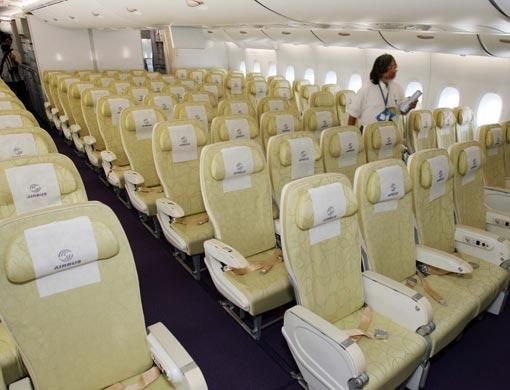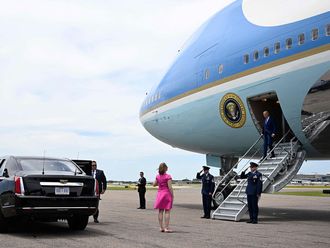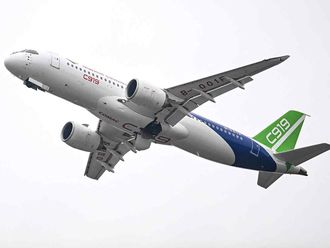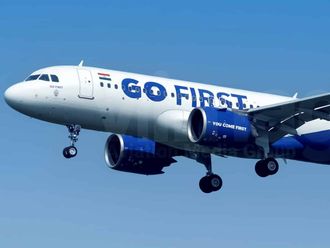Vancouver: Emirates airline, the largest customer of Airbus A380 superjumbo aircraft, will carry a jaw-dropping 644 passengers in some of the 47 planes it has on order when it begins receiving them next year.
Maurice Flanagan, vice chairman and group president, said Emirates will design its A380s in three separate seating configurations tailor made to different routes. The highest density configuration will seat 644 in business and economy with no first class.
Routes to Sydney, Melbourne and New York will be served by a three-class configuration carrying 490 passengers, while so-called "11-hour routes" such as Dubai-London will also have three classes and carry 514 passengers, Flanagan said.
"We'll fill the planes," he promised. "At the moment, there are destinations where we just can't get the seats for them - New York and Heathrow, for example."
Emirates is the eighth largest carrier by international traffic, and a recent report by Boston Consulting Group noted they could become the largest international airline by 2012, partly due to its expansion with the A380s. The revelations for the first time offer a detailed look at how the Dubai-based airline plans to use its mammoth order of double-decker planes. But while industry experts say Emirates will profit from integrating the new planes into its network, they note having three different seating plans for the A380 fleet could be risky.
David Field, an editor with Airline Business magazine, said the plans usher in a string of firsts for an airline already known for innovation.
"There have been some 500 seat configurations (for the A380), but no other airline has announced more than one configuration, and no one has announced anything over 550 seats."
He added, "Emirates has an extremely good reputation in the industry as a high quality and highly profitable airline, so anything they do, people would look at very carefully."
Caution
But he also cautioned that in an era where the airline industry strives to simplify business plans, three different seating plans could constrain the airline if complications arose.
"The more complexity you add to different configurations, the more pitfalls you set up all the way down the line," he said. "Granted, they have a big fleet, but airlines in the US, who have dedicated one fleet type to a specific route have always run into problems. What happens when an airplane gets sick?"












